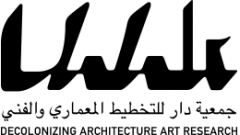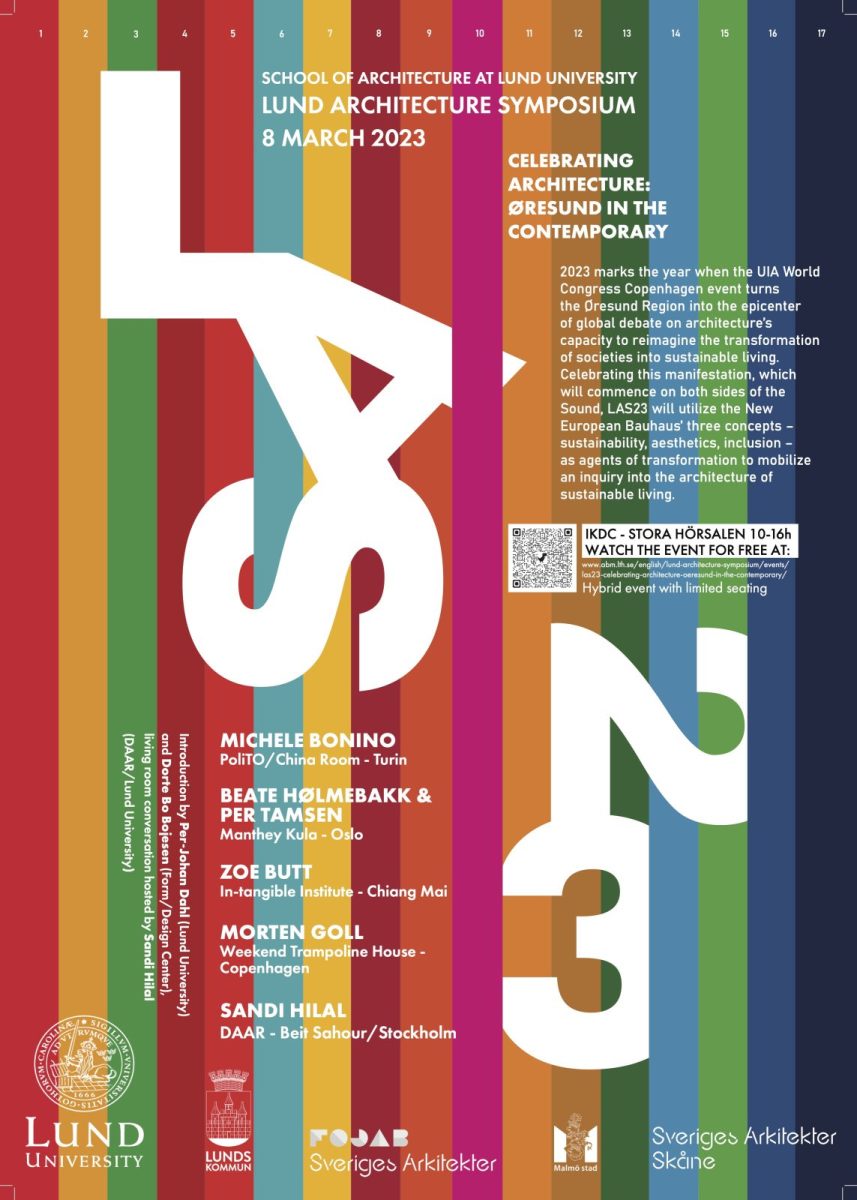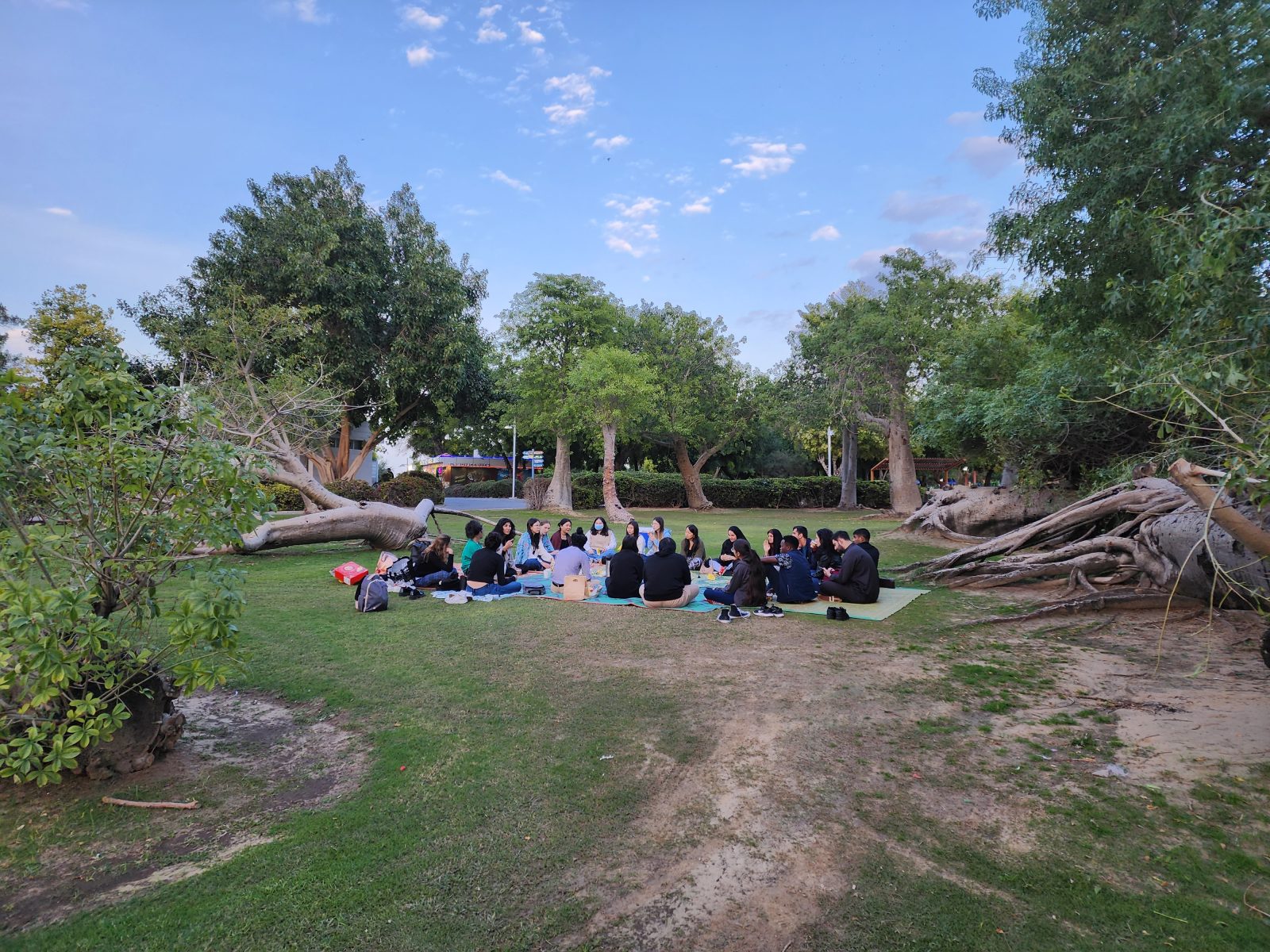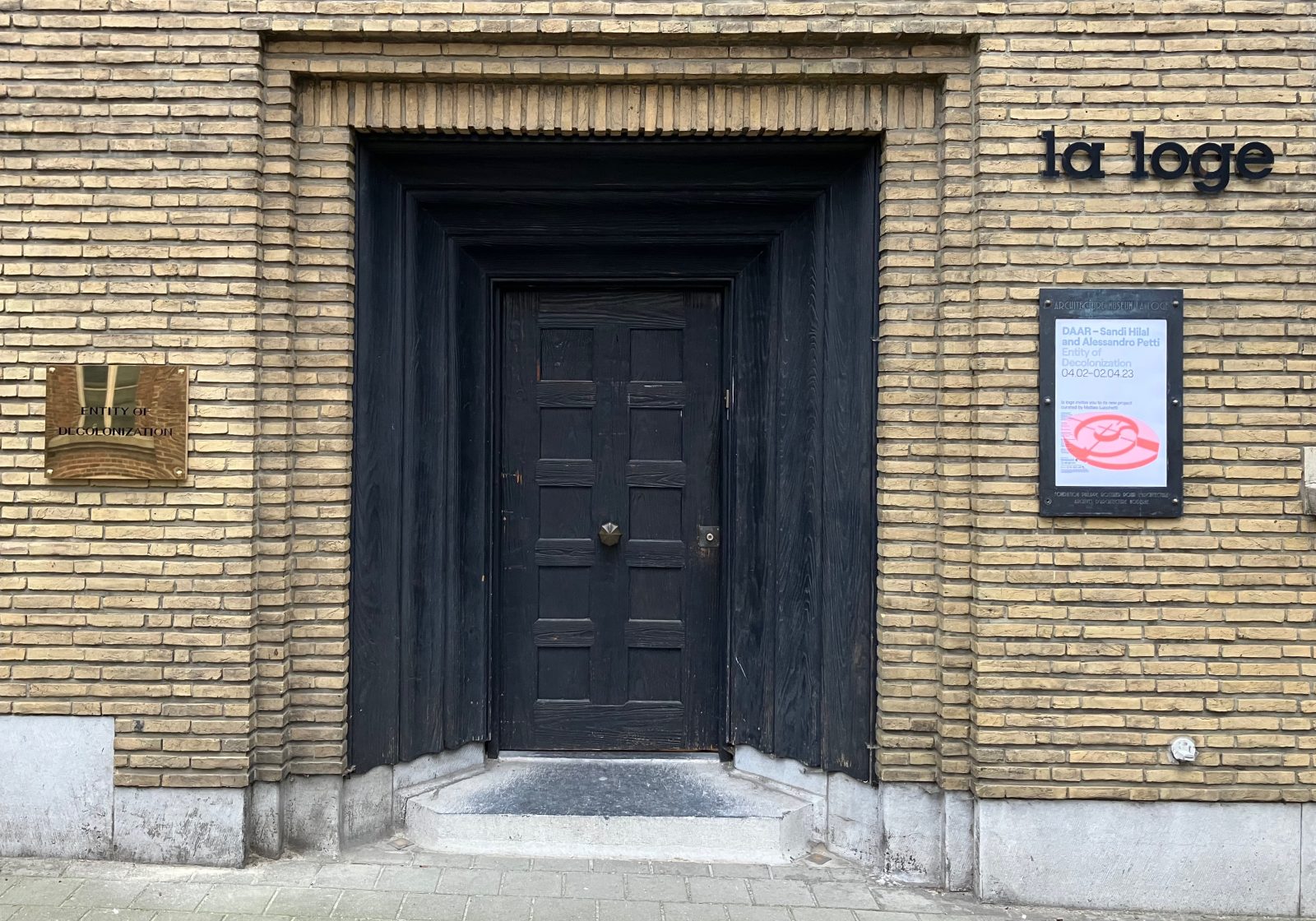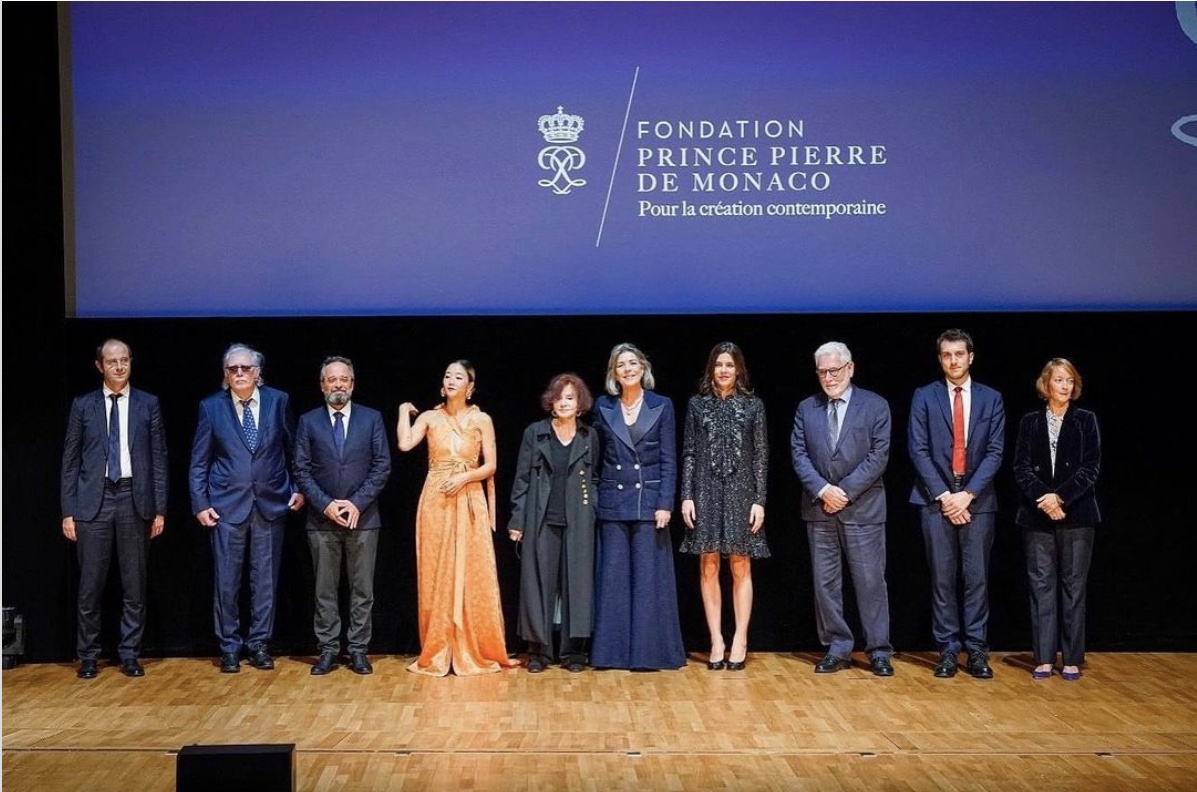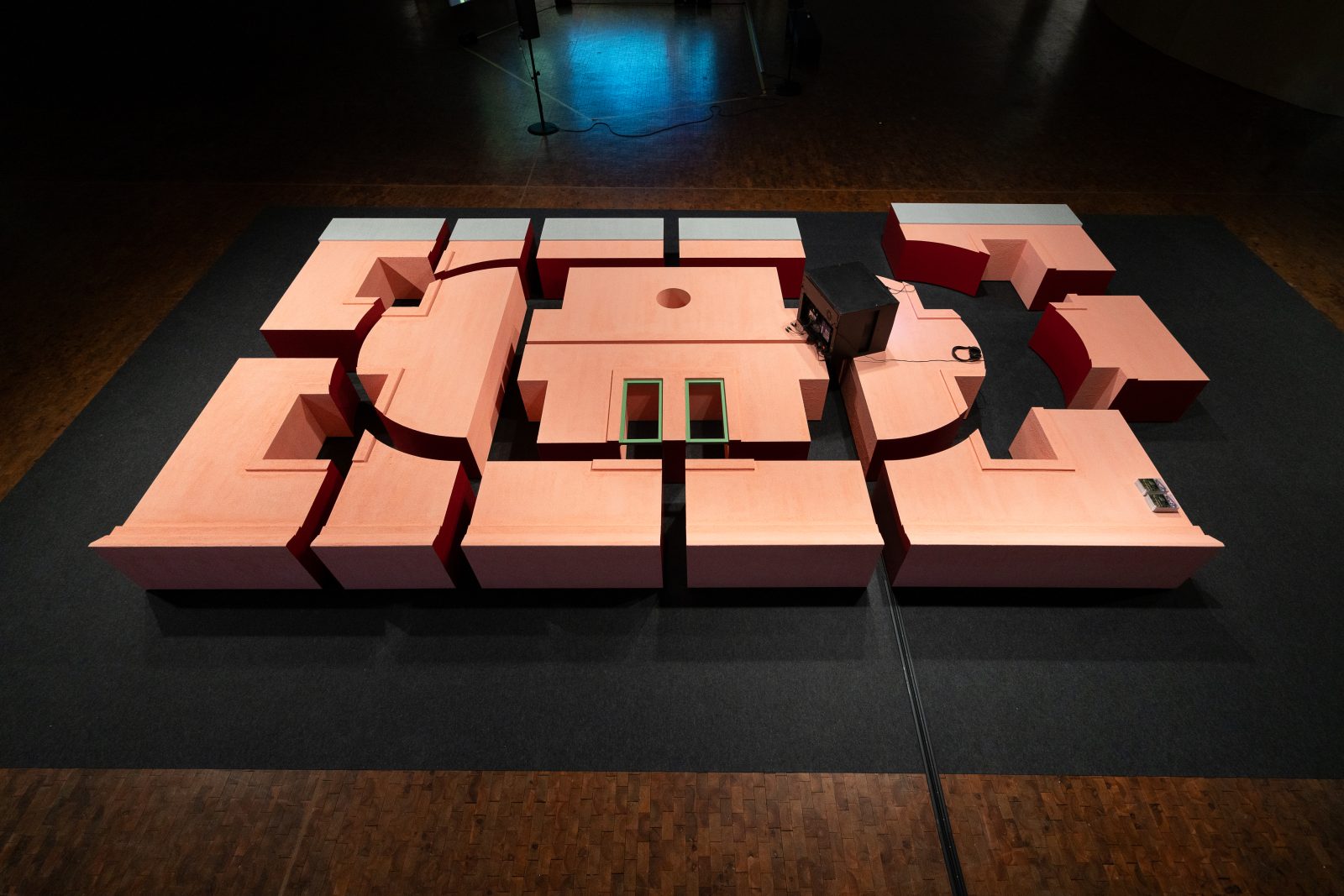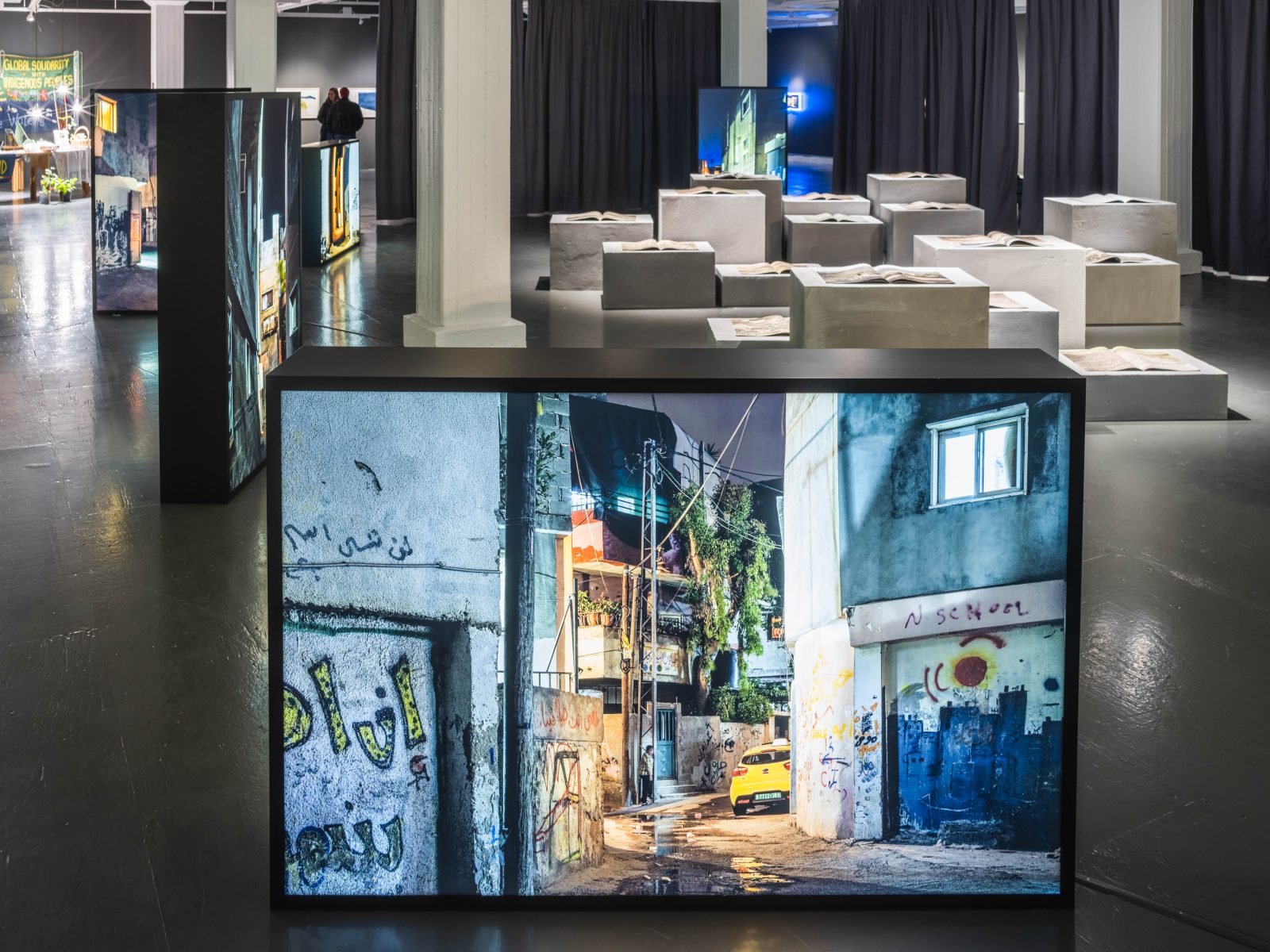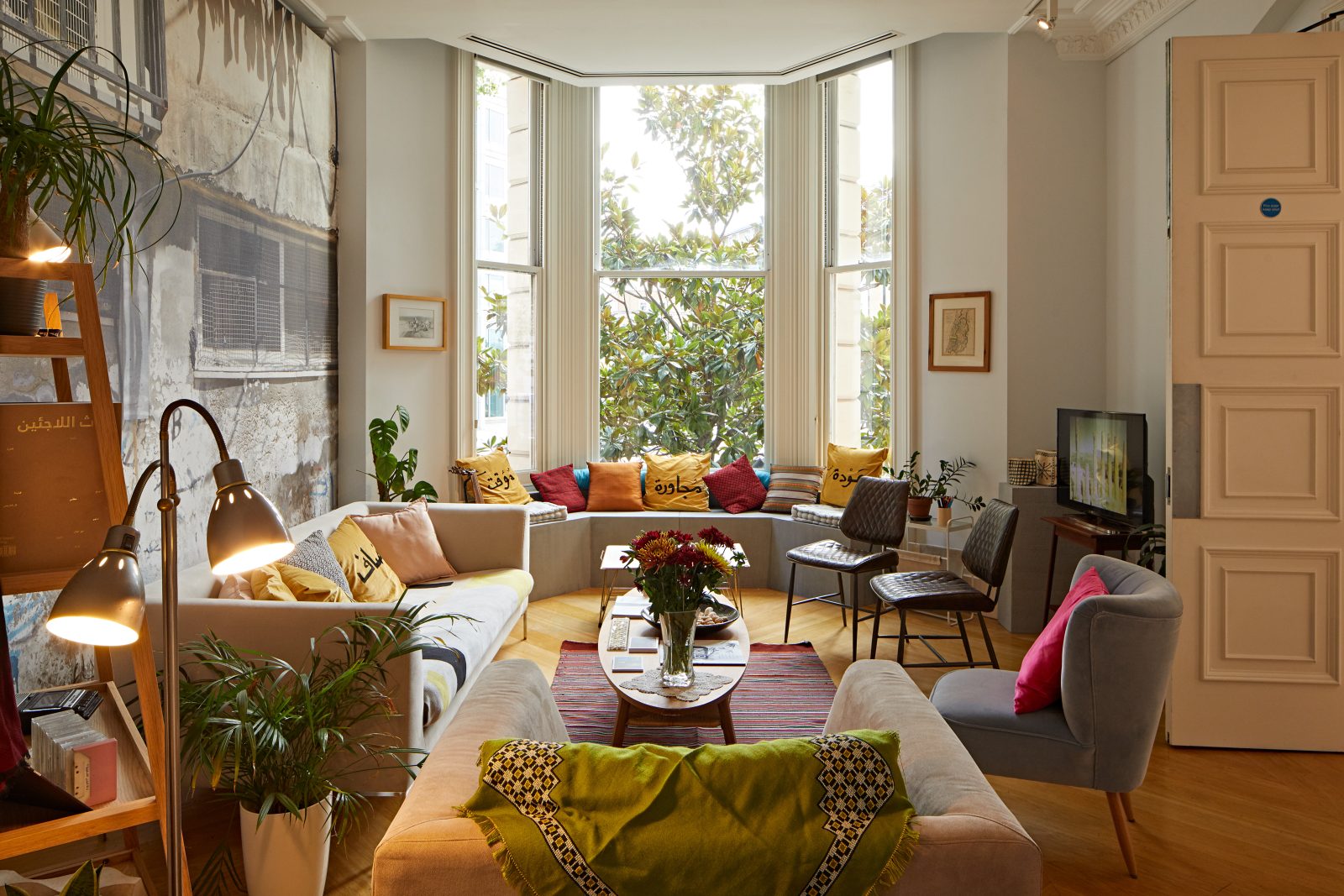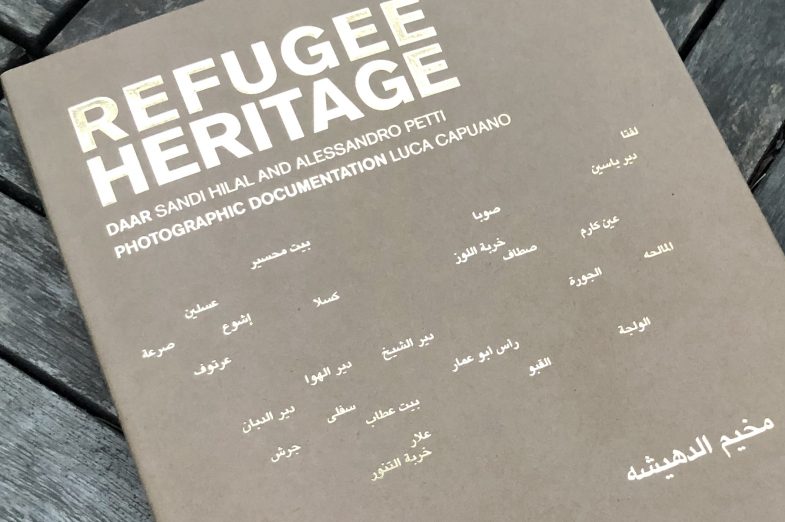Category: Uncategorized
Tree School in Dubai
Invited by Alserkal Arts Foundation in Dubai, the Tree School will gather in different locations around the city over four consecutive evenings, from Monday 27 February to Thursday 2 March.
The Tree School is a gathering place for groups and individuals interested in learning from each other and in sharing common urgencies based on lived experiences. The Tree School can last for days, months, or years, depending on the participants’ interests. It is a space for conviviality and the joy of learning together. Learning under the shade of a tree is a common practice found in many cultures around the world. The tree is a living being with its own particular story and mythologies. Its connection with other plants offers a physical and metaphorical space for sharing knowledge. The Tree School took place in different contexts, from a refugee camp in Palestine to the amazon in Brazil, from a University in Melbourne to a forest in Croatia.
Entity of Decolonization in Brussels and keynote lecture in Lisbon
Join us at the next decolonial assembly in Bruxelles from the 3rd to the 5th of February at la Loge in Brussels.
The art installation “Entity of Decolonization” profanes the Entity of Colonization of the Sicilian Latifandium in Sicily, by decomposing and recomposing its facade in several modular seats. These have been reused as the platform for an open discursive space where the public is invited to critically reconsider the social, political and economic effects of fascist, colonial and modernist heritage, and at the same time collectively imagine new common uses.
The first activation of the “Ente di Decolonizzazione – Borgo Rizza” took place in May 2022 at the Mostra d’Oltremare in Napoli, which first opened in 1940. Conceived as a colossal exhibition to display the territories and people overseas in areas colonized by the fascist regime, it closed only 40 days after its opening. The second activation of “Ente di Decolonizzazione – Borgo Rizza” took place at Hansa Quarter, in west berlin, built in 1957 for the International Building Exhibition (Interbau). We were interested here in exploring how modernist architecture was deployed for the representation of a democratic Germany. The third activation will take place al la loge, a Brussels-based space dedicated to contemporary art, architecture and theory. Join us and take part in the activation of the installation through a public discussion that will revolve around the decolonization of public spaces in Brussels. (2021_URBAN_REPORT_DECOLON_PUBLIC_SPACE_EN_DEF). Participation in the decolonial assemblies is free of charge, but attendance on all three consecutive days is encouraged. The exhibition itself, Entity of Decolonization, will open on February 3rd, from 17:00 to 20:00.
To participate, please send an email to entedecolonizzazione@gmail.com
La Loge
Rue de l’Ermitage, 86 1050 Ixelles
http://www.la-loge.be
The exhibition is curated by Matteo Lucchetti
The project is supported by the tenth edition of the Italian Council (2022)
Keynote Lecture in Lisbon
JAN.18th – 18H30
Towards an Entity of Decolonisation
Alessandro Petti (DAAR)
The II International Congress on Colonial and Postcolonial Landscapes focuses on the theme of Architecture, Colonialism and War. The aim of this congress is to extend the debate on the repercussions of the decisions made by the colonial states in the area of territorial infrastructures – in particular through the disciplines of architecture and urbanism – in post-independence development models and the formation of new countries with a colonial past.
https://dinamiacetiul.wixsite.com/congress-archwar
DAAR awarded with the Prince Pierre Foundation Prize for artistic research
On October 11, 2022, during the proclamation ceremony held at the Opéra Garnier in Monte-Carlo, DAAR was awarded the Prince Pierre Foundation Prize for artistic research. The award will be used to continue DAAR’s engagement in the formation of the Entity of Decolonization in Borgo Rizza in Sicily. Present at the ceremony, the deputy mayor of Carlentini, Salvatore La Rosa, a generous supporter of the critical reuse of the former fascist rural town built in 1940 by the Entity of Colonisation of Sicilian latifundium.
Ente di Decolonizzazione at the Berlin Biennial and at Madre Museum in Napoli
Ente di Decolonizzazione – Borgo Rizza – is the new project by DAAR – Alessandro Petti and Sandi Hilal – which explores the possibility of critical reuse and subversion of fascist colonial architecture through an art installation.
Starting from the decomposition and recomposition of the facade of the Entity of Colonization of the Sicilian Latifundiium (1940) in Borgo Rizza (Siracusa), the installation is composed of several modules-sittings that are the platform of an open discursive space where the public is invited to reconsider critically the social, political and economic effect of fascist and colonial heritage and at the same time is invited to image collectively new common uses. The installation is presented and activated in several venues in Napoli (2022), Berlin (2022), Bruxells (2023) and Albissola Marina (2023).
The first activation of the “Ente di Decolonizzazione – Borgo Rizza” took place in May 2022 at the Mostra d’Oltremare in Napoli, which first opened in 1940. Conceived as a colossal exhibition to display the territories and people overseas in areas colonized by the fascist regime, it closed only 40 days after its opening, when Italy entered the Second World War. It has since had many temporary uses, including hosting refugees from the Second World War and from earthquakes in the 80s; acting as a vaccination center; and providing a venue for public events.
MUSEO MADRE, Napoli
Bellezza e Terrore: luoghi di colonialismo e fascismo
a cura di Kathryn Weir
24.06 — 26.09.2022
The second activation of “Ente di Decolonizzazione – Borgo Rizza” took place at the Akademie der Künste in the Hansa Quarter in Berlin built in 1957 for the International Building Exhibition (Interbau). On this occasion, we were interested in exploring how modernist architecture was deployed for the representation of a democratic Germany. Today, Interbau (1957) and the Karl-Marx-Allee are on the way to becoming UNESCO world heritage sites for their Post-war architectural and urban modernism. With the participation of the public visiting the biennial, members of local associations, and students from New York University Abu Dhabi we looked into what the rhetoric of modernity is hiding, and how it has been mobilized in different contexts. Modernist architectures, both in the former colonies and the colonizing countries, have been built as isolated sacred objects to be admired; therefore, for us, it is not enough just to reuse them, they need to be profaned, to be used against themselves, and open for new common uses different from those they were designed for.
12th Berlin Biennale for Contemporary Art
The Akademie der Künste in Berlin
June 11- Sep 18, 2022
https://www.berlinbiennale.de/en/
entedecolonizzazione.net
Ente di Decolonizzazione – Borgo Rizza
A project by DAAR – Sandi Hilal and Alessandro Petti –
Research: Sandi Hilal, Emilio Distretti, Alessandro Petti
Project coordinator: Sara Pellegrini
Public program curator: Matteo Lucchetti
Design assistance and executive production: Orizzontale and Zapoi
Documentation: Pietro Onofri
Website design: NERO editions
Online platform editor: Michele Angiletta for NERO editions
Acknowledgements: Corrado Gugliotta, Salvatore La Rosa, Iole Lianza, Laura Mariano, Remo Minopoli, Nicolò Stabile, Kathryn Weir
Co-commissioned and co-produced by La Loge – Brussels and Berlin Biennale for Contemporary Art, Madre Museum – Naples, Comune di Albissola Marina
Project supported by the Italian Council (10th Edition 2022) program to promote Italian contemporary art in the world by the Directorate-General for Contemporary Creativity for the Italian Ministry of Culture.
Artwork
Material: wood, plaster, plexiglass
Dimensions: 350x600x45 cm
Courtesy the artists
Stateless Heritage at Tensta konsthall, Stockholm
Hurting and Healing: Let’s Imagine a Different Heritage (19.3 – 28.8 2022)
This spring’s exhibition at Tensta konsthall poses the following question: How can the understanding of cultural heritage be decolonized by societies and organizations shaped by European knowledge systems? In this project, Charles Esche, director of the Van Abbemuseum and Tensta konsthall engage in dialogue with a number of artworks, artists, researchers and guest curators with the purpose of looking closer at how western-centric perception of cultural heritage can be challenged and redefined.
The exhibition has its origins in Palestine and in a close working relationship between Esche and the artists/architects Sandi Hilal and Alessandro Petti. In their Refugee Heritage, they speculate on what would happen if the Dheisheh refugee camp in Palestine was designated a UNESCO World Heritage Site, and afforded the same status as, say, the Pyramids of Giza, Birka or the Taj Mahal. The installation, which consists of light boxes and photo albums, makes reference to the camp and its relations with the Palestinan villages from which people were driven out in 1948. Dheisheh, created in 1949, can be understood as a permanently temporary society within a stateless nation, existing both in adherence and in contradiction to the UN regulations. By proposing it as something to preserve and nurture, the conditions for how a world heritage site can emerge are shifted for a moment. Can exile take us towards a different understanding of the need for a nation state? What should be preserved once the occupation of Palestine is a historical memory?
From this central question, the exhibition contains a series of works that each present concrete proposals for how new cultural heritage can be imagined, or shift, twist and turn existing perceptions of how the past works in our time and in the future. Several works address the historical colonial exploitation, inequality and devastation caused by global capitalism. As for example Jonas Staal’s documentary images from Rojava, images that depict the process to establish democratic confederalism in the Kurdish area of North Syria, and Taus Makhacheva’s balancing act, in which museum paintings are moved between mountaintops in the Caucasus Mountains by a tight-rope walker, and an installation by Otobong Nkanga addressing the subject of land exploitation in Brazil, Namibia and locally. Also in the exhibition is Renzo Martens & CATPC’s portrayal of a conflict over cultural heritage between a group of artists from the Democratic Republic of Congo and an American museum. The exhibition will also present works by Katarina Pirak Sikku, FCNN, Jeannette Ehlers & La Vaughn Belle, and others, all of which relate to Scandinavia’s colonial past and future.
Participating artists: Brook Andrew, DAAR (Decolonizing Architecture Art Research) Sandi Hilal & Alessandro Petti, Jeannette Ehlers & La Vaughn Belle, FCNN (Feminist Collective with No Name), Edi Hila, Patricia Kaersenhout, Manjot Kaur, Taus Makhacheva, Rabih Mroué, Renzo Martens & CATPC (Cercle d’Art des Travailleurs de Plantation Congolaise), Otobong Nkanga, Katarina Pirak Sikku and Jonas Staal.
Higher seminar and the book launch of Refugee Heritage by DAAR – Sandi Hilal and Alessandro Petti, with a Photographic Dossier by Luca Capuano, May 24, 2–5 pm, 2022 at Tensta konsthall
Stateless Heritage at The Mosaic Rooms in London
Stateless Heritage confronts dominant Western conceptions of heritage and presents different narratives, reorienting heritage towards nonhegemonic forms of life and collective memory. Dheisheh refugee camp is at the heart of the project, however, we believe this approach could extend to other camps, and forms of subjugated heritage, bringing a new perspective on notions of restitution, repair and return.
The exhibition presents an installation of large freestanding lightboxes of photographs of Dheisheh camp by photographer Luca Capuano. In 2010 the photographer was commissioned by UNESCO to record Italy’s world heritage sites. In 2016, DAAR commissioned Capuano to photograph Dheisheh camp, taking the same care to document this living monument of ‘permanent temporariness’. The spatial placement of the light boxes evokes the topography of the camp giving visitors an insight into its urban and social fabric. In a separate space, a series of open books placed on top of plinths of varying heights will display photographs of the 44 villages from where refugees in Dheisheh originally came, also taken by Capuano. The undulating heights of the plinths form a kind of landscape, or ruin, within the gallery.
The final part of the exhibition is a space of discussion and action. Stateless Heritage presents a call for the official international recognition of the cultural heritage of the refugee, through proposing a refugee camp as a UNESCO world heritage site. A nomination dossier will be available for visitors to read, and a plaque claiming Dheisheh’s world heritage status installed on the gallery wall. Visitors will be invited to consider if the camp should be recognised as a World Heritage Site. This space will also host a live element activated by talks and events by community members, artists, activists and thinkers. These artworks are part of a wider movement, in which heritage is being used as a tool to challenge and resist colonialism and occupation in Palestine. They have wider pertinence too, as calls grow to recognise how heritage and conservation can expose colonial and imperial legacies. The exhibition also raises issues of migrant and refugee justice, at time when UK government is enacting its New Deal on asylum, and as the fundamental right to claim asylum is under threat internationally.
Exhibition continues
13 October 2021 — 30 January 2022
The Mosaic Rooms
226 Cromwell Road
London SW5 0SW
On Stateless Heritage at the Venice Biennale
On the occasion of the 17th International Architecture Exhibition, Venice Biennale, (22 May to 21 November 2021), the Stockholm-based, DAAR presents a new installation in the Central Pavilion in the Giardini entitled Stateless Heritage. The intervention is part of an ongoing effort to challenge dominant western conceptions of heritage and open to emancipatory forms of collective narration. Accompanying the art installation is a book nomination dossier which attempts to deactivate the claims of objectivity and universalism contained in the conventions followed by UNESCO in determining World Heritage status; the book presents different narratives that do not fit within such statist discourse, reorienting heritage towards non-hegemonic forms of life and collective memory.
Here an informal conversation with Sven-Olov Wallenstein.
Video Recording of the Common Assembly: Refugee Heritage Nomination
On the seventy-third commemoration of the ongoing Nakba, May 14, 2021, the Common Assembly of the Stateless Nations and their allies, discussed the nomination to recognize Dheisheh refugee camp and the forty-four villages as World Heritage Sites.
The nomination book-dossier of Dheisheh refugee camp and the forty-four village of origin is available HERE.
REFUGEE HERITAGE- World Heritage Nomination Dossier
Six years ago, in one of our gatherings inside the Concrete Tent, we asked: do refugee camps have a history? Is the camp just a site of misery or does it produce values that need to be acknowledged and protected? What is going to happen to the camp if Dheisheh is recognized as a World Heritage site? And how should the concept of heritage change in order to acknowledge the camp’s condition?
The nomination dossier is available here
